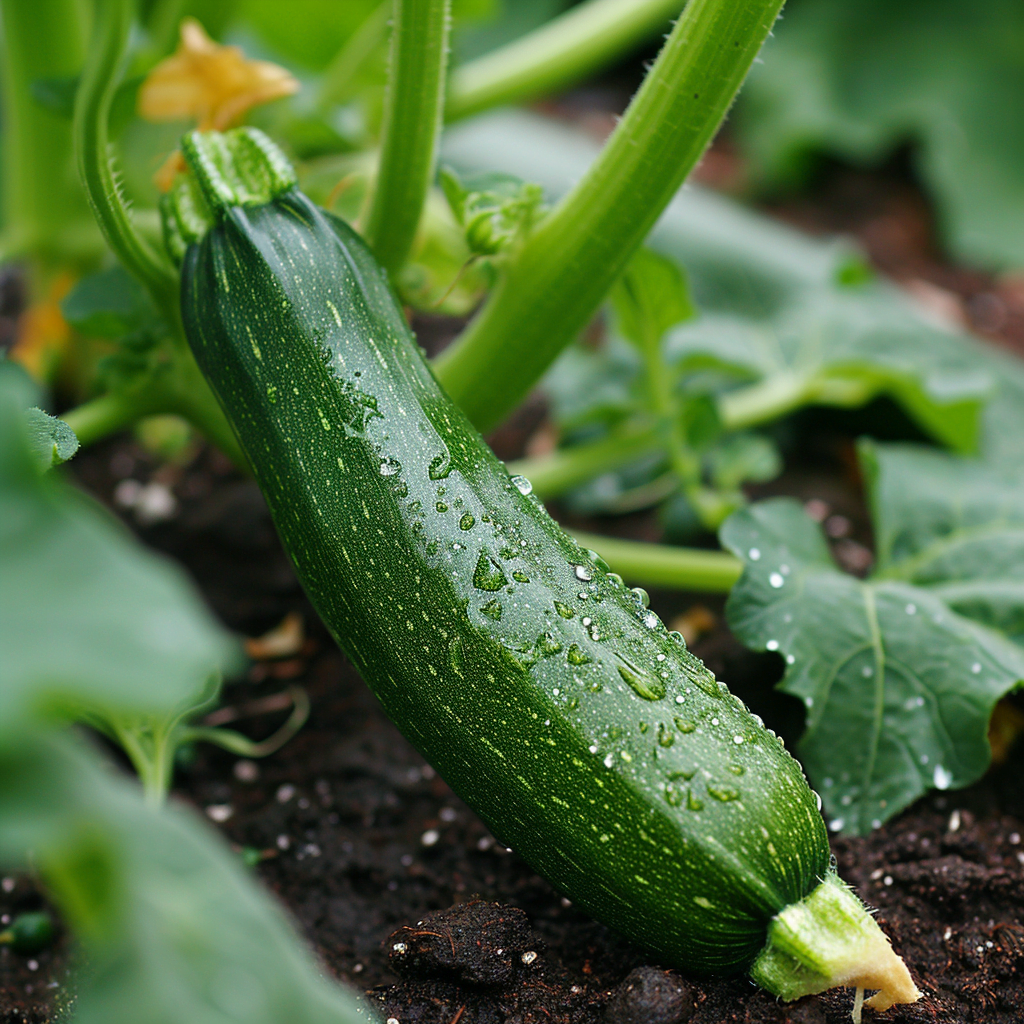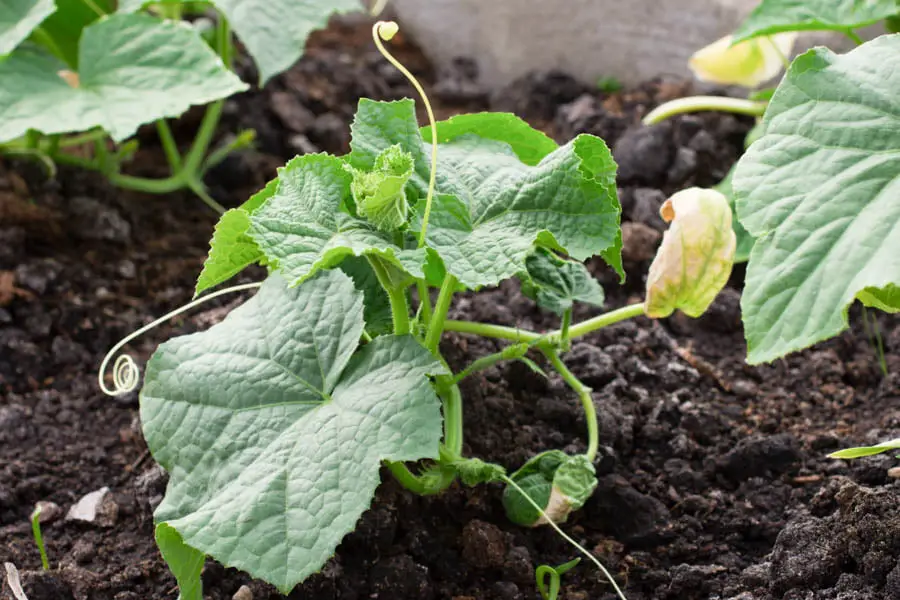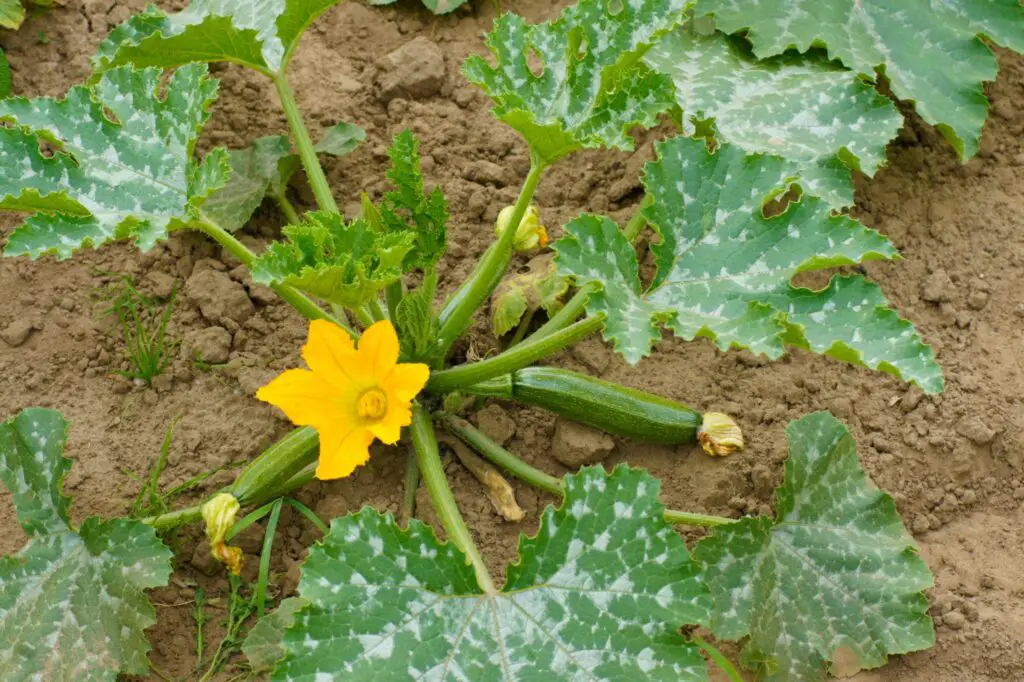So you’re ready to get your hands dirty and start planting your own zucchini in sunny Southern California. But before you grab your gardening gloves, you’re probably wondering, When To Plant Zucchini In southern California? Well, lucky for you, I’ve done the research and I’ve got the answers you’re looking for. In this article, we’ll dive into the ideal timeframes for planting zucchini in Southern California, taking into consideration the region’s unique climate and growing conditions. Whether you’re a seasoned gardener or just starting out, you won’t want to miss these valuable tips to ensure a successful zucchini harvest.
Best Time to Plant Zucchini in Southern California
Zucchini is a popular vegetable that thrives in the warm climate of Southern California. Whether you’re a seasoned gardener or a beginner looking to grow your own zucchini, timing is crucial for a successful harvest. In this article, we will guide you through the best time to plant zucchini in Southern California, as well as the factors to consider, planting techniques, caring tips, and even some delicious recipes to enjoy your homegrown zucchini.
Understanding Zucchini
Before we dive into the best time to plant zucchini in Southern California, it’s important to understand the characteristics of this versatile vegetable. Zucchini belongs to the summer squash family and is known for its mild flavor and tender texture. It grows on a compact bushy plant that produces large, dark green fruits.
Zucchini Plant Characteristics
Zucchini plants have a fast growth rate, and their vines can quickly cover a substantial area in your garden. On average, zucchini plants can reach a height of 2-3 feet and spread out to around 3-4 feet. The leaves of the plant are large and broad while the flowers are bright yellow and attract pollinators such as bees.
Zucchini Varieties
There are several varieties of zucchini available to grow in Southern California. Some popular varieties include Black Beauty, Cocozelle, and Costata Romanesca. Each variety has its own unique taste, texture, and appearance, so you can choose the one that suits your preferences best.
Factors to Consider
When determining the best time to plant zucchini in Southern California, there are several key factors to consider. These factors include the climate, soil conditions, garden location, and seed quality. Taking these factors into account will ensure that your zucchini plants have the best chance of thriving in your garden.
Climate in Southern California
Southern California is known for its Mediterranean climate, characterized by mild winters and hot, dry summers. Zucchini plants thrive in warm weather, so it’s important to plant them when the risk of frost has passed and the soil has warmed up. Generally, the best time to plant zucchini in Southern California is in late spring or early summer when the temperatures consistently stay above 60°F.
Soil Conditions
Zucchini plants prefer well-draining soil that is rich in organic matter. Before planting, it is important to prepare the soil by loosening it and incorporating compost or aged manure to improve its fertility and moisture retention. Conduct a soil test to ensure that the pH level is between 6.0 and 7.5, as this range provides optimal conditions for zucchini growth.
Garden Location
Selecting the right location for your zucchini garden is crucial for its success. Choose a spot that receives full sun for at least 6-8 hours a day, as zucchini plants require plenty of light for proper growth and fruit production. Additionally, ensure that the area has good air circulation to prevent the development of fungal diseases.
Seed Quality
Choosing high-quality zucchini seeds is essential for a productive and healthy garden. Look for seeds from reputable sources or consider saving seeds from previous harvests if you have had successful zucchini plants in the past. Opt for certified organic or heirloom varieties for added assurance.

Planting Zucchini Seeds
Now that you understand the characteristics of zucchini and have considered the important factors, it’s time to delve into the process of planting zucchini seeds. Adequate soil preparation, proper timing, and effective seed planting techniques are key to ensuring a successful zucchini harvest.
Preparing the Soil
Before planting zucchini seeds, prepare the soil by removing any existing weeds or grass. Loosen the soil to a depth of around 12 inches using a garden fork or tiller. Incorporate organic matter such as compost or well-rotted manure to improve soil fertility and drainage. Smooth the soil surface with a rake to create a level bed for planting.
Timing
In Southern California, the best time to plant zucchini seeds is in late spring or early summer, ideally when the soil temperature reaches around 60°F. This temperature range allows the seeds to germinate properly and the plants to establish themselves before the heat of summer sets in. Planting too early when the soil is still cool can result in poor germination and stunted growth.
Seed Planting Techniques
To plant zucchini seeds, create small furrows in the prepared soil surface. These furrows should be around 1-2 inches deep and spaced about 3-4 feet apart to accommodate the spreading habit of zucchini plants. Place the zucchini seeds in the furrows, spacing them approximately 3-4 inches apart. Cover the seeds with soil, gently firming it to ensure good seed-to-soil contact. Water the newly planted seeds thoroughly.
Caring for Zucchini Plants
Once your zucchini seeds have germinated and the plants have established, it’s important to provide them with proper care throughout the growing season. Regular watering, mulching, fertilizing, weed control, and pest and disease management are all essential aspects of caring for your zucchini plants.
Watering
Zucchini plants require consistent watering to maintain healthy growth and fruit development. In Southern California’s dry climate, it is important to provide them with 1-2 inches of water per week, either through irrigation or rainfall. Water deeply and evenly, preferably in the morning to allow the foliage to dry before evening and minimize the risk of fungal diseases.
Mulching
Mulching around zucchini plants can greatly benefit them by conserving soil moisture, suppressing weed growth, and maintaining a more even soil temperature. Apply a layer of organic mulch such as straw, shredded leaves, or wood chips around the base of the plants, ensuring that the mulch is not directly touching the stems to prevent rot.
Fertilizing
Proper fertilization is important to ensure healthy zucchini plants and a bountiful harvest. Before planting, incorporate a balanced organic fertilizer into the soil to provide essential nutrients. Throughout the growing season, regularly side-dress the plants with compost or a balanced organic fertilizer to replenish nutrients. Be careful not to over-fertilize, as this can result in excessive foliage growth and reduced fruit production.
Weed Control
Weeds can compete with zucchini plants for nutrients, water, and sunlight, so it’s important to keep the garden free from weeds. Regularly inspect the garden bed and remove any weeds by hand or with the help of a garden hoe. Mulching can also help suppress weed growth and make it easier to keep the garden bed weed-free.
Pest and Disease Management
While zucchini plants are generally easy to grow, they can still fall victim to pests and diseases. Common pests that can affect zucchini plants in Southern California include aphids, cucumber beetles, and squash bugs. Monitor your plants regularly for signs of pest infestations and take appropriate action, such as using organic insecticides or implementing companion planting strategies. Additionally, keep an eye out for common diseases like powdery mildew and blossom end rot, and take prompt measures to prevent their spread.
Harvesting Zucchini
One of the most exciting parts of growing zucchini is the satisfaction of harvesting your own fresh, homegrown produce. To ensure optimal quality and flavor, it’s important to harvest zucchini at the right time and using the correct techniques.
Signs of Maturity
Zucchini can be harvested when they are young and tender, typically when they are 6-8 inches long and 1-2 inches in diameter. Look for bright green skin and a firm texture when determining the maturity of the fruit. Avoid harvesting zucchini that has begun to turn yellow or develop a tougher skin, as these are signs of over-ripeness.
Harvesting Techniques
To harvest zucchini, use a sharp knife or gardening shears to cut the fruit cleanly from the stem, leaving a short stem attached. Be gentle when harvesting to avoid damaging the plant or nearby fruits. Regularly harvest mature zucchini, as leaving them on the plant for too long can inhibit the production of new fruit.

Extending Growing Season
If you’re eager to have an extended zucchini growing season in Southern California, there are a few techniques you can utilize to achieve this. Microclimates and protective covers can help protect your zucchini plants from the elements and extend their productivity.
Using Microclimates
Take advantage of microclimates within your garden to extend the growing season of your zucchini plants. Certain spots may receive more sunlight or retain heat better than others. Planting zucchini in these warm microclimates can help them thrive even during cooler weather, adding a few extra weeks or even months to the growing season.
Utilizing Protective Covers
Protective covers, such as row covers or cloches, can shield your zucchini plants from cold temperatures, winds, and pests. These covers create a mini greenhouse effect, trapping heat and allowing your zucchini plants to continue growing even in less optimal weather conditions. Remember to remove the covers during warm weather to prevent overheating and promote proper airflow.
Common Problems and Solutions
Even with proper care, zucchini plants can encounter some common problems, such as blossom end rot, powdery mildew, and pests. Understanding how to prevent and manage these issues can greatly improve the health and productivity of your zucchini plants.
Preventing Blossom End Rot
Blossom end rot is a common problem in zucchini plants that causes the fruit to develop a dark, sunken patch at the blossom end. This is typically caused by a calcium deficiency or irregular watering. To prevent blossom end rot, ensure that your plants receive consistent and adequate water, and consider adding calcium-rich amendments to the soil before planting.
Managing Powdery Mildew
Powdery mildew is a fungal disease that affects zucchini plants, leading to a powdery white coating on the leaves and stems. To manage powdery mildew, ensure that there is proper air circulation around your plants by spacing them adequately and pruning any overcrowded foliage. Avoid overhead watering and consider applying organic fungicides if necessary.
Controlling Pests
Pests like aphids, cucumber beetles, and squash bugs can damage your zucchini plants if left unchecked. Monitor your plants regularly for signs of infestation and take immediate action if pests are present. You can remove the pests by hand, introduce beneficial insects like ladybugs, or use organic insecticides as a last resort.

Preserving and Enjoying Zucchini
After all your hard work, it’s time to reap the rewards of your zucchini harvest. Zucchini is a versatile vegetable that can be used in a variety of delicious recipes, both in its fresh form and preserved for later use.
Storing Zucchini
Fresh zucchini can be stored in the refrigerator for up to a week, but it is best to use it as soon as possible for optimal taste and texture. If you have an abundance of zucchini, consider freezing or canning it for long-term storage. To freeze zucchini, blanch the sliced or grated zucchini in boiling water for a few minutes, then cool and transfer to airtight containers or freezer bags.
Delicious Recipes
There are countless mouthwatering recipes that make use of fresh zucchini. You can enjoy zucchini in savory dishes like stir-fries, salads, and vegetable lasagna, or get creative with zucchini bread, muffins, and cakes. Grilled zucchini, stuffed zucchini boats, and zucchini noodles are also popular options for zucchini enthusiasts. The possibilities are endless when it comes to incorporating zucchini into your meals.
Conclusion
Growing zucchini in Southern California can be a rewarding experience, thanks to the region’s warm climate and ample sunshine. By considering the factors such as climate, soil conditions, and timing, you can ensure a successful yield of this versatile vegetable. Proper care and attention throughout the growing season, along with the use of protective techniques, can help you extend the productivity of your zucchini plants. With the knowledge of common problems and their solutions, you can overcome any challenges that may arise. Finally, savor the fruits of your labor by storing and enjoying your freshly harvested zucchini in a variety of delicious recipes. Happy planting and bon appétit!



